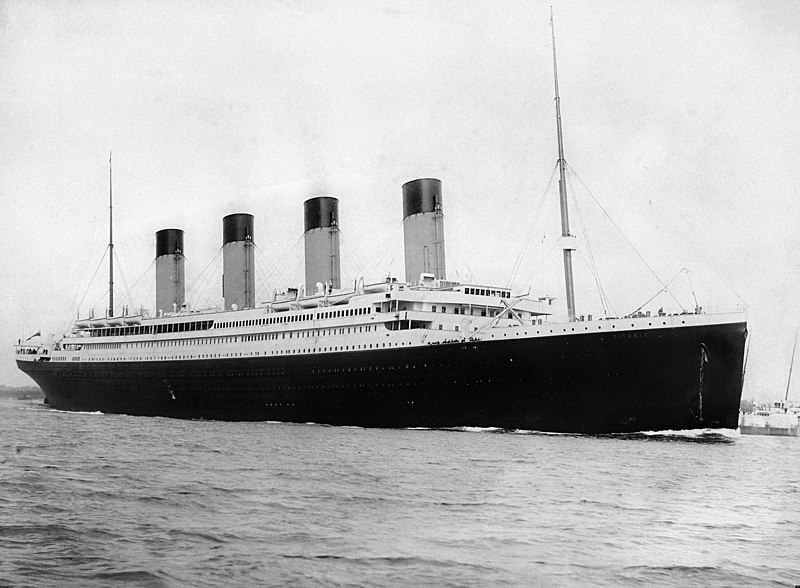The Titanic’s Silent Secret: Why No Human Remains Have Ever Been Found at the Wreck Site
For over a century, the Titanic has captivated the world with its tragic story. Yet beneath the haunting wreckage on the ocean floor lies an eerie and little-known mystery: despite the staggering loss of more than 1,500 lives, not a single human body has ever been discovered within or around the ship’s remains. How could this be?

The RMS Titanic embarked on its ill-fated maiden voyage from Southampton to New York City in April 1912. After striking an iceberg, it sank rapidly, claiming the lives of over two-thirds of its 2,224 passengers and crew. The tragedy remains one of history’s deadliest maritime disasters.
When the wreck was finally located in 1985 at a crushing depth of over 12,000 feet beneath the Atlantic’s surface, explorers were able to recover countless artifacts—from personal items and dinnerware to sections of the ship itself—scattered across a debris field spanning miles. The ship had broken apart near the surface before settling into two main sections on the seafloor.
Among the debris, investigators found boots and shoes, yet no human remains were ever recovered. This perplexing absence raised chilling questions: what happened to the bodies of those who perished?
Scientists explain that the answer lies in the extreme environment of the deep ocean. The crushing pressure, near-freezing temperatures, and unique chemistry at these depths accelerate decomposition. Marine scavengers and bacteria consume soft tissues swiftly, leaving bones exposed.
But it’s the ocean’s chemical makeup that seals the fate of skeletal remains. Oceanographer Dr. Robert Ballard, who led the expedition to discover the Titanic, noted that deep-sea water lacks calcium carbonate—the mineral essential for preserving bones. As scavengers eat away at flesh, exposed bones dissolve in this undersaturated environment.
He contrasted this with places like the Black Sea, where anaerobic conditions and a lack of scavengers have allowed ancient bones to remain intact for millennia.
This revelation has unsettled many who imagined the wreck as a silent tomb holding frozen human remains. Online reactions range from horror to somber reflection, with some seeing it as the ocean’s natural reclaiming of the lost lives.
Over time, the Titanic’s structure has further deteriorated, ravaged by rust-eating microbes and damage from submersibles. Scientists warned in 2006 that the ship could collapse completely within decades, leaving only durable artifacts buried beneath rust.
The wreck site has also attracted tourists—until tragedy struck again in 2023 when a deep-sea tourist submersible imploded during descent, killing all aboard, including OceanGate’s CEO Stockton Rush.
Conclusion:
The haunting mystery of the Titanic is not just in its shattered hull or scattered belongings, but in the complete vanishing of the people who sailed aboard her. The harsh, unforgiving deep ocean environment has erased all physical traces of the passengers and crew, dissolving bones and consuming remains. What survives are fragments and memories—testaments to a tragedy claimed wholly by the sea’s vast, eternal depths.
